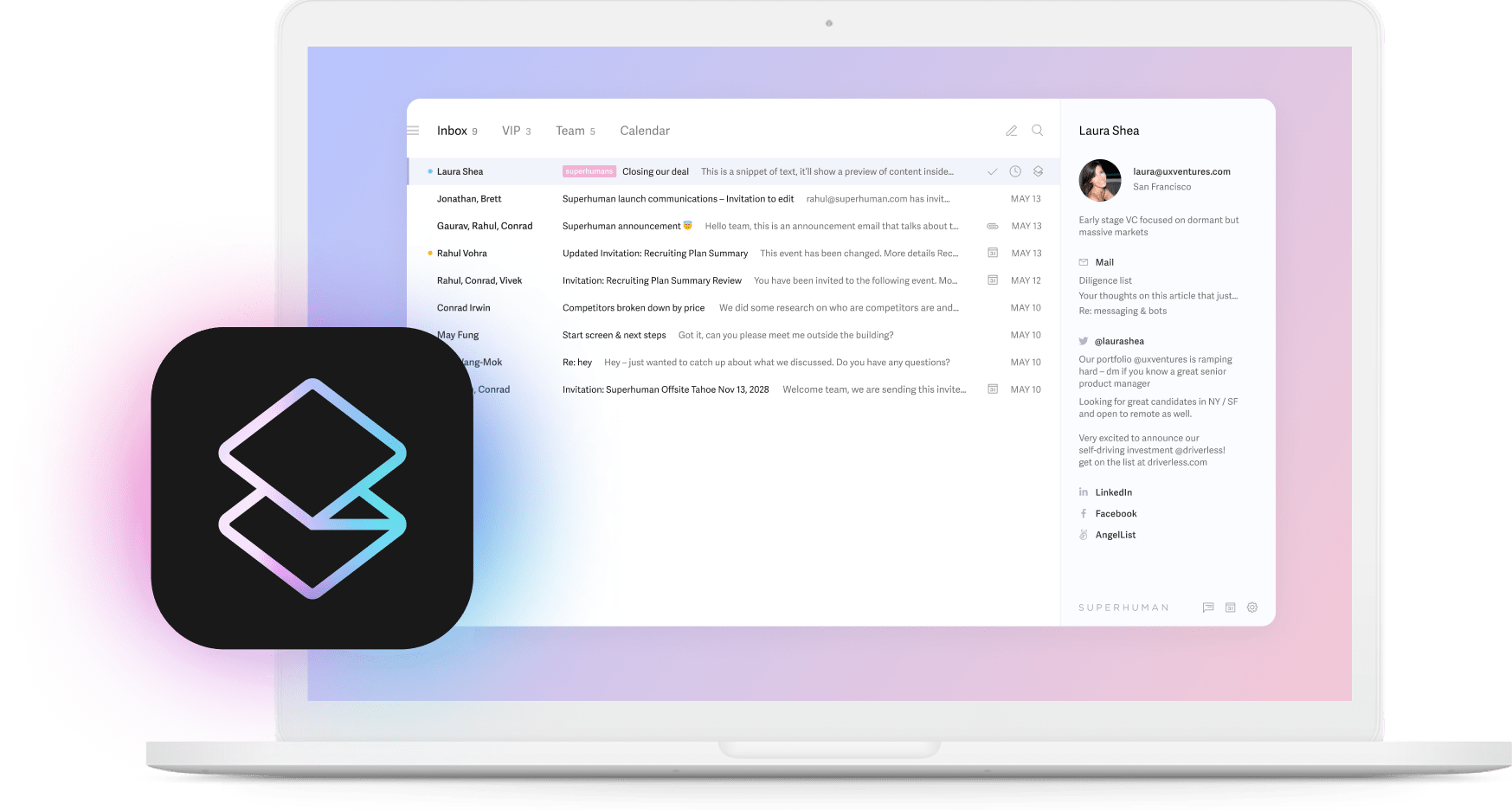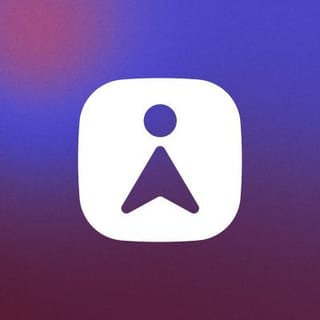
Ever found yourself drowning in busywork while your actual job waits patiently in the corner? You're not alone. The cold, hard truth: most B2B professionals are saving an entire workday every week by letting AI handle their mundane tasks. That's over 50 days a year you could reclaim for work that actually moves the needle.
Here's a sobering reality check: more than half of every workday vanishes into email, calendar management, and messaging apps. These digital quicksands slowly pull you away from the meaningful work you were actually hired to do. But what if you could claw back those hours?
The good news? You don't need to code or understand machine learning algorithms. Today's AI tools are about as complicated as ordering pizza online. Point, click, and watch as the digital drudgery disappears. From AI email marketing to enhance personalization to automating mundane tasks, these tools are revolutionizing business efficiency.
Let's explore six AI tools that can free you from the hamster wheel of repetitive tasks. Whether you're buried in emails, drowning in project management, or suffocating under admin work, these tools can hand you back hours of your life each week and save your brain from turning to mush.
1. Superhuman — best for automating email workflows
Email is that houseguest who never leaves, demanding attention at all hours. The average worker sacrifices over 100 workdays annually just dealing with messages! Superhuman turns this beast into a purring productivity pet.
Superhuman completely rewires how your inbox works:
- Superhuman AI: Transforms brief thoughts into complete, professional emails that match your writing style. The AI learns from your communication patterns to create authentic messages.
- Split Inbox: Intelligently categorizes your emails by priority and type, ensuring critical messages from colleagues, executives, and important tools are immediately visible.
- Read Statuses: Provides real-time information on when and where your emails are opened, enabling perfectly timed follow-ups without guesswork.
- Instant Reply: Suggests contextual responses based on email content, helping you respond to routine inquiries in seconds. Sales teams leverage Superhuman email snippets to standardize effective communication.
- Follow-up Reminders: Automatically tracks conversations requiring follow-up and sends timely reminders, ensuring important communications never fall through the cracks.
The results speak for themselves: Superhuman users save hours every week, respond significantly faster, and process more emails without additional effort. Recipients respond to messages sent through Superhuman much quicker than through traditional email clients. In business, this speed advantage can mean closing deals while competitors are still crafting their responses.
Executives, sales teams, and operations folks who live or die by their communication speed get the biggest value from Superhuman. As Akash Bhatia, Managing Director & Senior Partner at BCG puts it: "I can't imagine email without Superhuman. It would be like going back to the stone age."
By handling sorting, writing, and follow-ups in one lightning-fast package, Superhuman frees busy professionals from email jail so they can focus on work that actually matters. This makes it one of the best sales productivity tools available for ramping up earnings.
Try Superhuman2. Zapier — best for connecting your apps with no code
Remember when you had to manually copy information between apps? Neither does anyone using Zapier. This digital matchmaker connects over 7,000 popular apps like Gmail, Slack, Notion, and Google Sheets, creating seamless workflows without writing a single line of code.
Zapier's secret sauce is "Zaps" — automated workflows that spring into action when specific triggers happen. These digital minions eliminate the repetitive busywork eating away at your day.
Here's what Zapier can do while you focus on more important things:
- Lead capture: Someone fills out your website form, and boom — they're automatically added to your CRM, tagged correctly, and sent a welcome email while you're in a meeting.
- File management: Email attachments fly straight to Dropbox or Google Drive without you playing digital postal worker.
- Social posting: Your content spreads across multiple platforms simultaneously, like you suddenly grew extra pairs of hands.
The beauty of Zapier is that it works with what you already have. Keep your favorite software while eliminating the tedious data-shuffling between systems that makes you question your career choices. Combined with productivity extensions for Google Chrome, Zapier can further streamline your workflow.
Professionals using automation for administrative tasks save an entire workday every week. By creating standardized workflows for repetitive processes, Zapier hands you back precious time for work that actually deserves your unique human brain.
3. Motion — best for AI-native calendar and task scheduling
Ever feel like your workday is a never-ending game of calendar Tetris? Motion uses AI to build your ideal day automatically, killing the decision fatigue that leaves most professionals mentally drained by 3 PM.
Motion studies your calendar and tasks like a personal assistant who actually pays attention, then creates an optimized schedule that protects your deep work time while placing meetings when they'll disrupt you least. The AI learns from your habits and priorities, continuously fine-tuning your perfect day. Combining Motion's scheduling capabilities with a personal life dashboard can further enhance your productivity.
This tool tackles one of work's biggest time-thieves head-on.
Motion shines brightest for:
- Founders whose to-do lists look like a phone book
- Freelancers juggling clients who all think they're your only client
- Executives trying to manage their own schedule
The tool helps users maximize "deep work time" — those critical hours of uninterrupted focus that are essential for productivity. By intelligently organizing your day, Motion takes the guesswork out of scheduling, allowing you to focus on execution instead of organizing. This results in saving hours each week that would otherwise be lost in calendar chaos.
4. Notion AI — best for automating knowledge and docs
Ever notice how your days vanish into a black hole of documentation? You're in good company. Research confirms that data entry and document handling consume massive chunks of time across practically every industry. Notion AI tackles this problem by weaving artificial intelligence into your notes, wikis, and databases.
Notion AI transforms how you wrangle information:
- Summarizing long content: Turn endless documents, meandering meeting notes, or dense research into crisp summaries that capture the essential points.
- Generating project plans: Create structured plans from scratch or existing templates with a simple prompt.
- Creating task lists from meeting notes: Extract action items directly from meeting transcripts, turning talk into tangible next steps.
- Extracting action items from documents: Pull action points from lengthy reports without reading every word for the tenth time.
What makes Notion AI so valuable is how it bridges the gap between messy thinking and structured action. Start with chaotic notes or brainstorming, then let AI transform them into organized, actionable plans.
For teams drowning in documentation, Notion AI throws a life preserver. Project documentation and report creation steal significant time that, when automated, frees mental bandwidth for strategic thinking. Instead of formatting documents or hunting through text for key points, let AI handle these tasks while you tackle work worthy of your brain power.
5. Make — best for visual workflow automation
Make shines for professionals who need complex, multi-step automations but don't want to feel like they're programming the space shuttle. Unlike basic automation tools, Make excels at creating intricate processes with branching logic, filters, and advanced data transformations across different systems.
The visual workflow designer shows your automations as connected modules, making it easier to visualize how data flows between your apps. This bird's-eye view proves invaluable when troubleshooting, as you can quickly spot where the digital assembly line breaks down.
Make performs best with conditional logic scenarios like:
- Routing support tickets to different teams based on content analysis and priority
- Transforming data between incompatible systems using custom formulas when other tools simply give up
- Creating approval processes with multiple stakeholders and fallback options for when people inevitably forget to respond
While Make requires more learning than simpler tools, this complexity gives you the flexibility to automate nearly anything. Technical teams and power users appreciate the ability to create custom functions, handle errors properly, and process data in ways basic automation tools simply can't match.
For organizations automating sophisticated business processes rather than just simple tasks, Make delivers the robust capabilities needed to handle complex workflows while keeping them visually manageable.
6. ChatGPT — best for general AI assistance and task drafting
ChatGPT (by OpenAI) has become the Swiss Army knife of AI tools, transforming daily work tasks from email drafting to code snippets. It fits practically any role or industry need, adapting to whatever you throw at it.
The data tells an interesting story: 60% of top performers use AI tools 5+ times daily, compared to less than half of average performers. This heavier usage directly boosts productivity, with these power users experiencing 14% higher productivity per week.
Here's how to make ChatGPT your daily sidekick:
- Email drafting: Beat writer's block by generating professional email responses you can refine in tools like Superhuman, maintaining consistent communication without staring at a blank screen.
- Content creation: Quickly outline articles, presentations, or reports with your desired structure, then add your expertise and personality.
- Meeting preparation: Summarize lengthy documents before meetings to extract key points and cut your prep time in half.
- Code assistance: Generate starter code for technical tasks, focusing your mental energy on optimization rather than typing out boring boilerplate.
ChatGPT's strength lies in its flexibility. It complements specialized tools rather than replacing them. Use it to create initial drafts you'll polish in Superhuman or outlines you'll expand in Notion. This combination of AI assistance and your human touch creates a productivity multiplier effect.
Unlike single-purpose tools, ChatGPT adapts to nearly any role, from customer service reps crafting responses to executives preparing strategies. This versatility makes it essential for today's high-performing professionals.
Building your automation stack
Most B2B professionals save a full workday every week thanks to AI tools that handle repetitive tasks. Even more impressive: Superhuman customers using AI features save 37% more time than those who don't. These gains come from strategically implementing automation across different parts of your workflow — from communication and scheduling to data entry and knowledge work.
Start building your automation stack with these principles:
- Target your biggest pain point first: If your inbox is a bottomless pit consuming hours, start there. If meeting scheduling makes you want to quit your job, prioritize a calendar tool.
- Build gradually: Adding too many tools at once creates a learning curve that temporarily tanks your productivity.
- Track concrete results: Measure time saved, tasks completed, or improved response times so you know which tools truly earn their keep.
- Consider data privacy: Ensure that your automation tools comply with data protection regulations by reviewing their data processing practices.
- Focus on relationships: Don't forget to include strategies for maintaining and enhancing customer relationships in your automation stack. Consider implementing effective customer retention strategies to keep your clients engaged.
Superhuman stands out in your automation stack by transforming your inbox from a passive collection point into an active workflow system. For professionals whose success depends on fast, effective email, this creates compound productivity gains.
Remember: "AI isn't replacing jobs — it's replacing professionals who don't use it." By thoughtfully building your automation stack, you're not just saving time — you're creating a competitive edge that will only widen as AI continues reshaping how we work. Those who adapt fastest will thrive; those who don't will wonder why they're working twice as hard for half the results.






